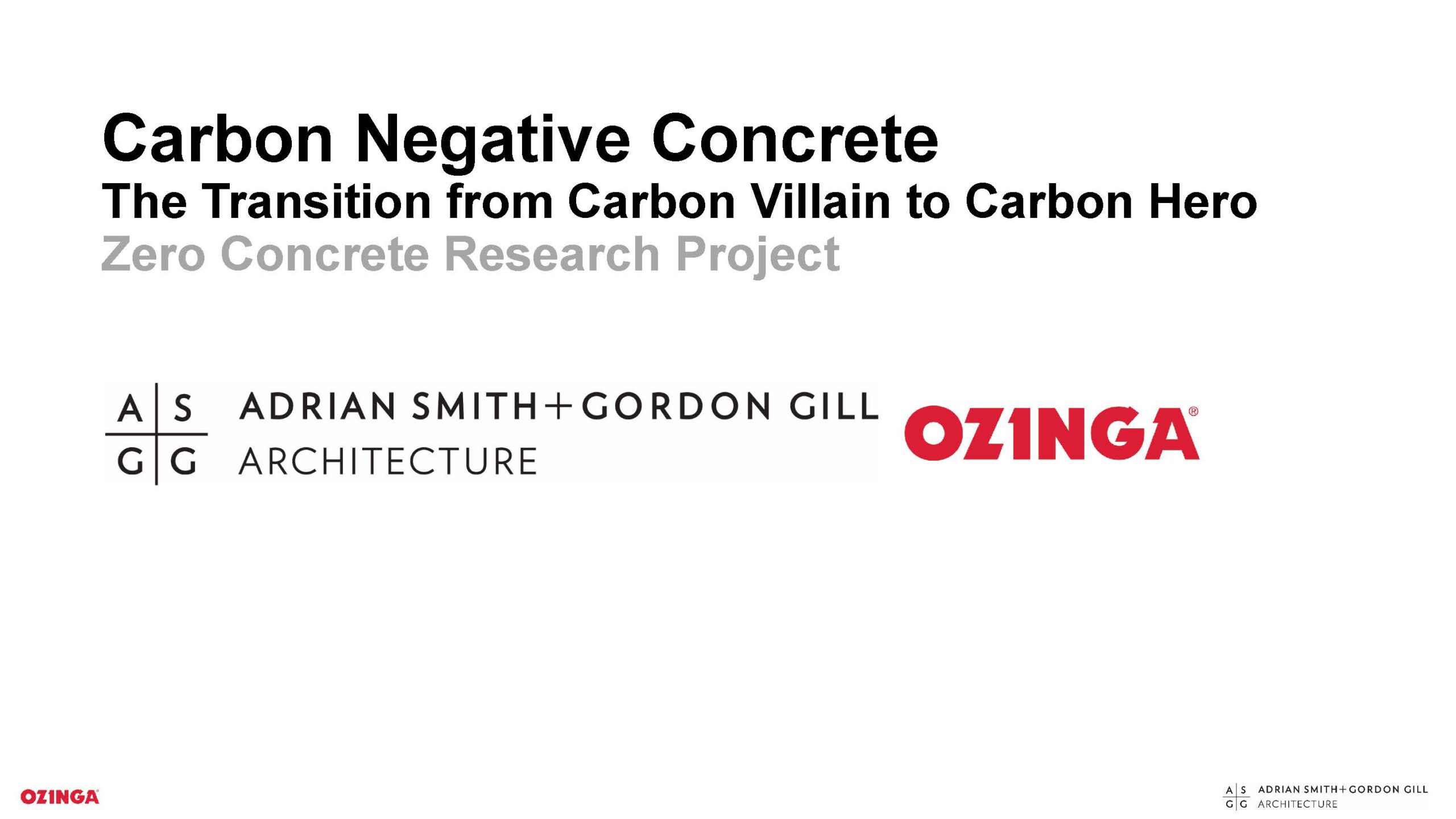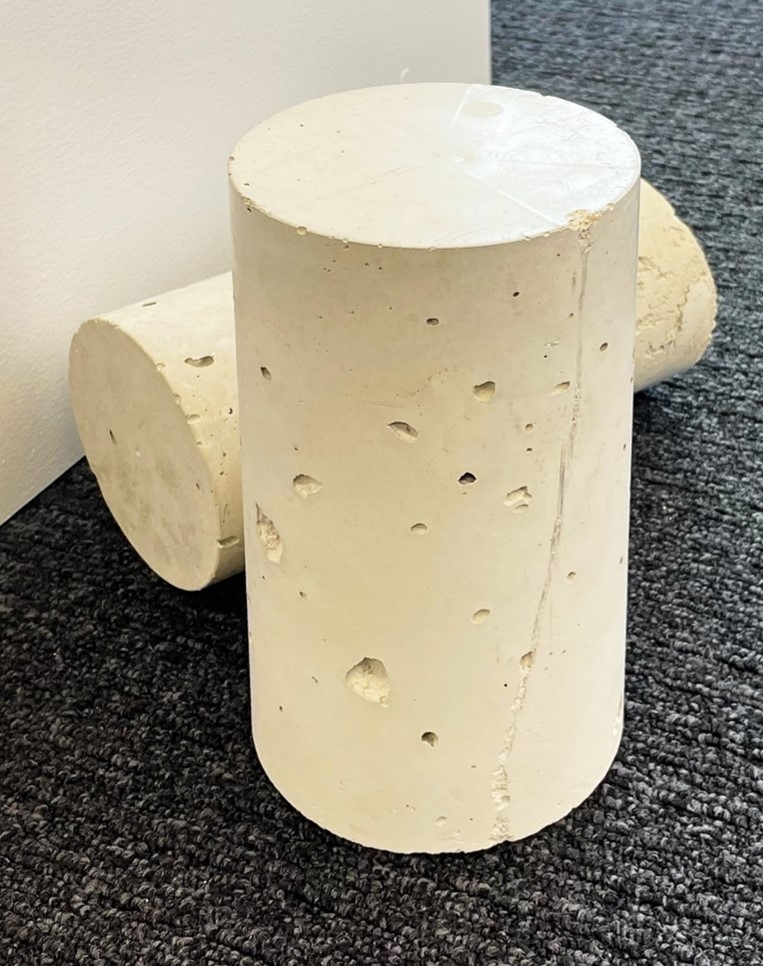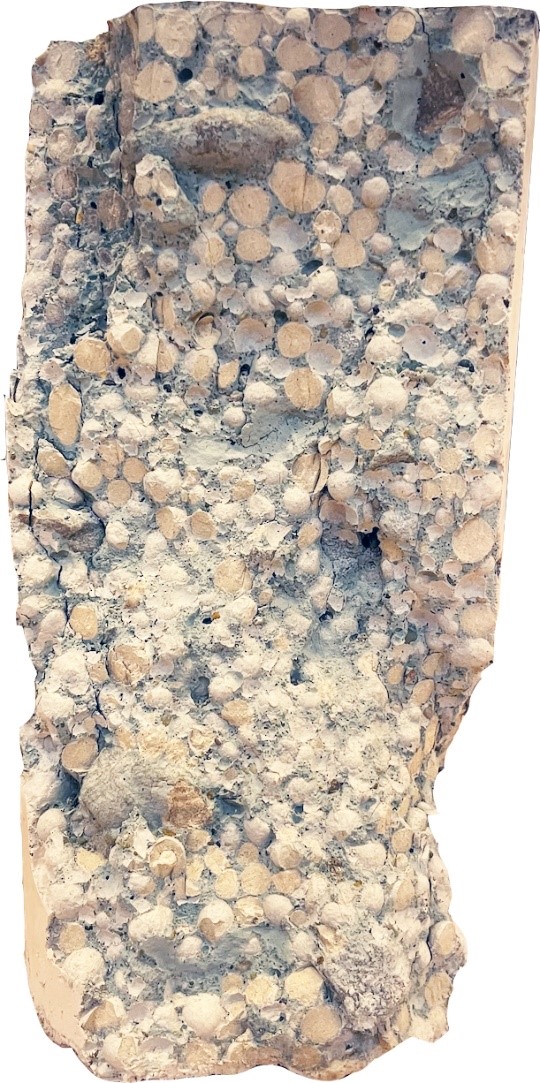Carbon Negative Concrete
The transition from Carbon Villain to Carbon Hero
Research Project, January 2023

Carbon Negative Concrete:
The Transition from Carbon Villain to Carbon Hero
AS+GG, the National Ready Mixed Concrete Association, and other partners are testing low- and negative-carbon concrete solutions. Building operations account for 28% of GHG emissions, and while net-zero buildings are still a work in progress, concrete plays a significant role in reducing embodied impacts. Concrete is a key material in every building, whether it’s part of a concrete frame, steel frame, or mass timber structure. Design professionals have the greatest influence over concrete. This initiative aims to apply low-carbon concrete in practice, share findings, and publish a guide specification to promote innovation, encouraging collaboration between designers and manufacturers for net-zero carbon buildings.
You will find
discussions here…
*
What is embodied carbon?
*
What are the industrial carbon emissions from concrete?
*
Is it possible to make low, zero, or even negative carbon concrete, and what does it take?
*
What are the available technologies to reduce the carbon emissions of concrete?
*
Are there other ways to reduce concrete carbon emissions?
*
Image of the low carbon and negative carbon concrete samples made from real plant trials.
The Low, Zero, Negative Carbon Concrete Project
The research aims to produce commercially viable, practical concrete mixes that can be used following existing construction site practices and with existing construction equipment that has very low, ultra-low and potentially negative embodied carbon.
While the industry average Global Warming Potential (GWP) of concrete is approximately 300 kgCO₂e per cubic meter, our results demonstrate significant reductions. As shown on the left, the low-carbon concrete mix achieves a GWP of 66.39 kgCO₂e, while the carbon-negative concrete mix achieves a GWP of -0.53 kgCO₂e. The negative carbon concrete attains compressive strength of 3,000 psi at 28 days and 4,000 psi at 56 days, making them structurally applicable. Additionally, these concrete mixes have undergone third-party Environmental Product Declaration (EPD) verification.
Methodologies
The research pipeline includes the incorporation of carbonated recycled aggregates to enhance carbon sequestration and minimize reliance on virgin materials. The addition of bio-based fibers further improves mechanical properties and durability while lowering the carbon footprint. Advanced mix optimization is achieved through artificial intelligence and machine learning (AI/ML), refining material proportions for optimal strength and minimal environmental impact. Additionally, innovative water technologies are explored to enhance curing efficiency and reduce overall water consumption. These combined efforts contribute to the advancement of ultra-low and negative carbon concrete solutions.
Next Steps
The Transition from Carbon Villain to Carbon Hero
AS+GG Carbonlab

